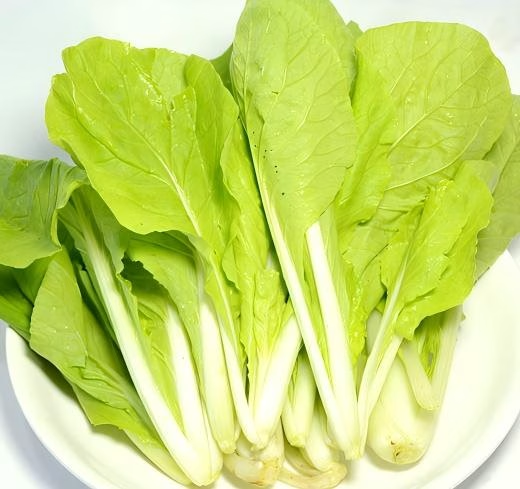There are four common types of bok choy available on the market! Make delicious bok choy dishes that aren’t bitter in three simple steps.
Nutritional Value of Pak Choy
Bok choy has a short growing season, reaching harvest in approximately 25 to 30 days. It has one of the shortest growing seasons of any vegetable. Therefore, after a typhoon, when leafy vegetables are in short supply, bok choy is one of the vegetables that can be quickly harvested and put back on the market.
Bok choy contains nutrients such as vitamin C, calcium, phosphorus, iron, carotene, dietary fiber, and protein. Look for plants with intact, firm, and unwilted leaves, vibrant color, and thick leaves and petioles.
There are four common types of bok choy
The cabbage family includes non-heading cabbage, semi-heading cabbage, and heading cabbage. Chinese cabbage is a heading cabbage, while bok choy is a non-heading cabbage. In fact, Chinese cabbage evolved from bok choy!
Non-heading cabbage, to which bok choy belongs, has been around for at least 5,000 years, while heading cabbage, to which Chinese cabbage belongs, has only a history of about 1,000 years. In between are semi-heading cabbages.
Common bok choy varieties found in the market can be categorized into four main types: “wild bok choy,” “cream bok choy,” “black-leaf bok choy,” and “serrated-leaf bok choy.” Different types of non-heading bok choy differ in stalk, leaf shape, and color. Have you tried all four?
Three steps to stir-frying bok choy
Bok choy is grown year-round and a common dish on Chinese tables. However, its slightly pungent mustard flavor often puts many people off.
Bok choy’s distinctive flavor may be due to internal and external factors during its growth, such as pests, water shortages, and excessive fertilization. These factors produce secondary metabolites, such as glucosinolates, to combat these environmental factors. However, these metabolites also contribute to its pungent flavor.
To prepare bok choy deliciously, it’s recommended to stir-fry or blanch it, and pair it with its three cooking friends: minced garlic, shredded ginger, and rice wine. Master the simple three-step process of “washing, soaking, blanching, and stir-frying” to quickly and easily serve delicious bok choy!


Leave a Reply